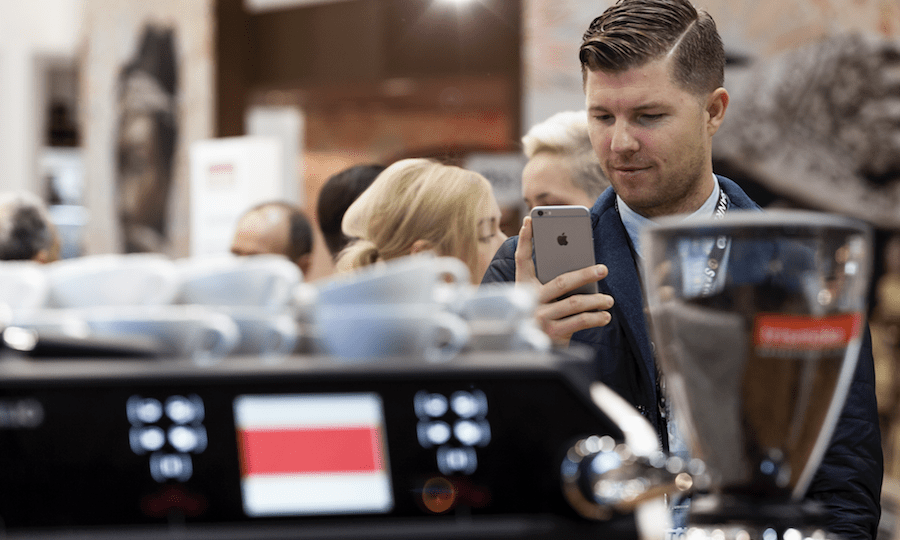MILAN, Italy – For some years now innovation in coffee-making machinery has been moving along two paths: the connection between the machine and the user and between the machine and the manufacturer (now known as the Internet of Things), and attention to environmental sustainability and energy saving.
“The connectivity of machines has been around for about 15 years, starting back in 2002/2003 with telemetry systems, but the thing never really took off, mainly for reasons of cost,” says Chris Salierno, marketing manager of La Marzocco.
“It’s up to us to explain the advantages to the barista. I think that now, with the accent on the Internet of Things and especially with the spread of smartphones and tablets, many more possibilities are opening up. Today we are all connected and we are much more conversant with digital communication. The world has changed.”
And on the green front things aren’t very much different. That is to say price remains an important variable that pushes into second place more advanced characteristics like eco-sustainability and energy saving. But the way forward has been marked out.
“The increase in critical awareness and knowledge among consumers is so much higher now than it was just a few years ago,” believes Joerg F. Rexroth, CEO and founder of the German concept-art, who says: “People now tend to have much clearer expectations and demands and they want more objective information on the way machines work, their carbon footprint and that of the raw materials.
So we have a duty to ensure that users can make informed choices. But I think that labels, logos and ‘seals of approval’ like Fair Trade, organic certification and so on, will become less important.
What end consumers are more interested in now is specific, detailed information regarding the actual product.”















